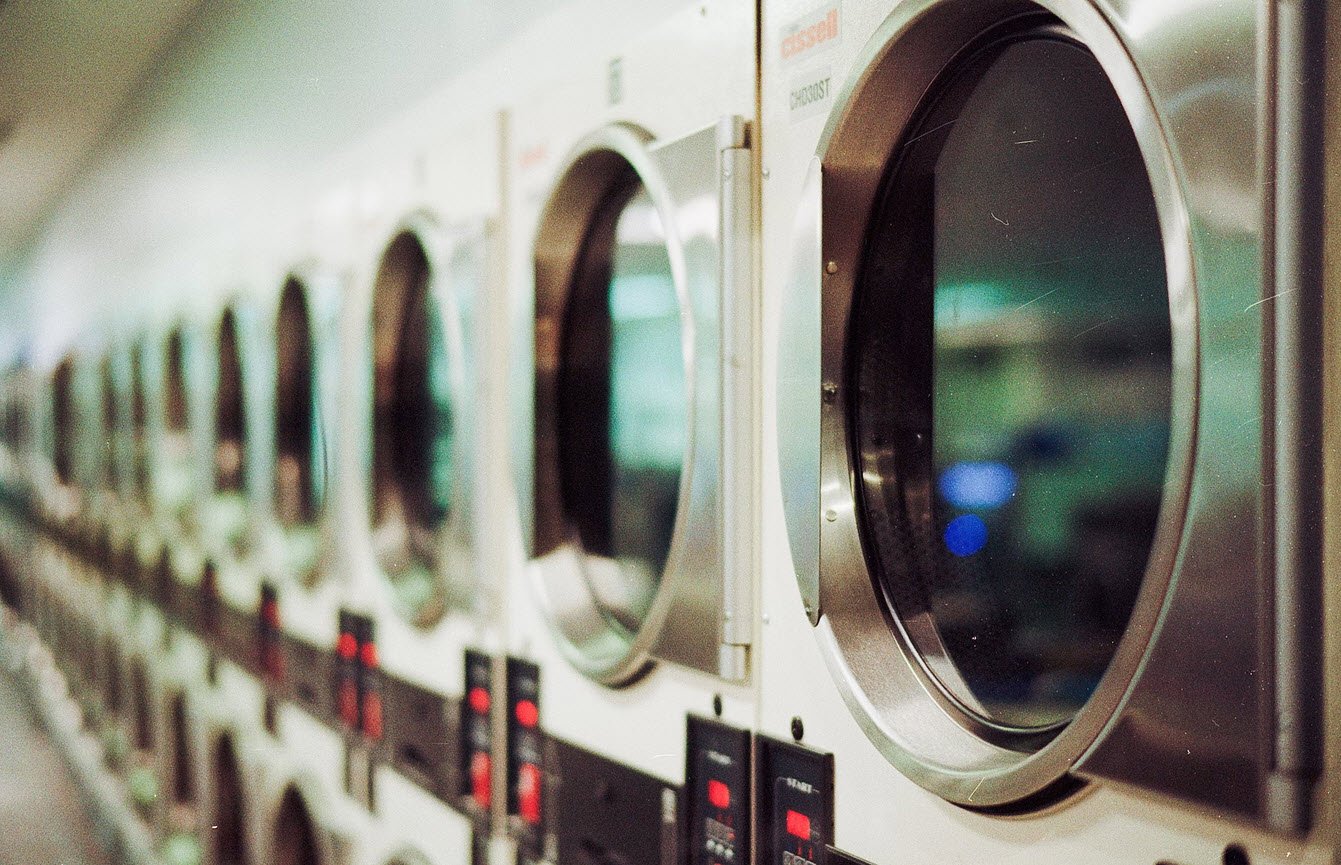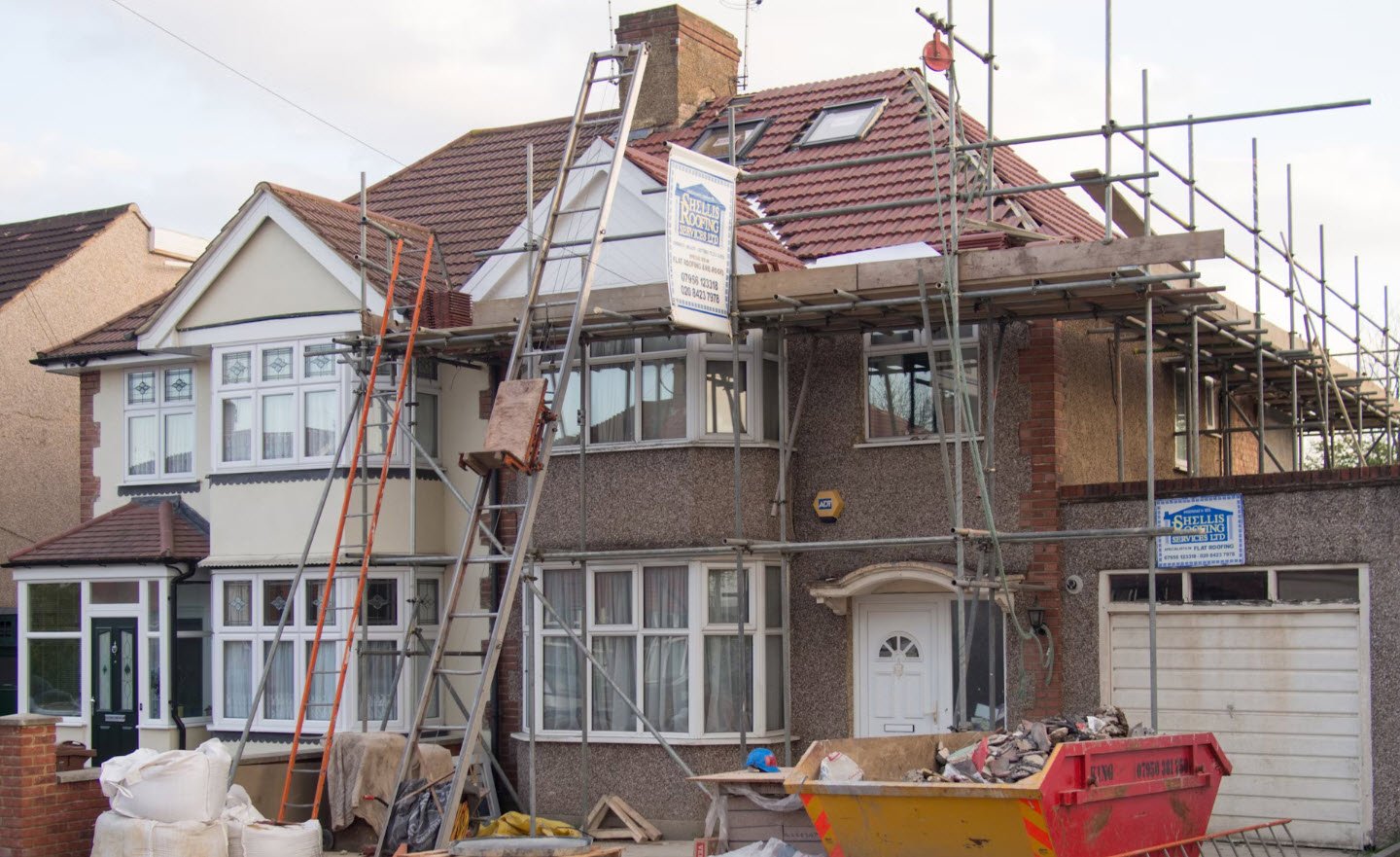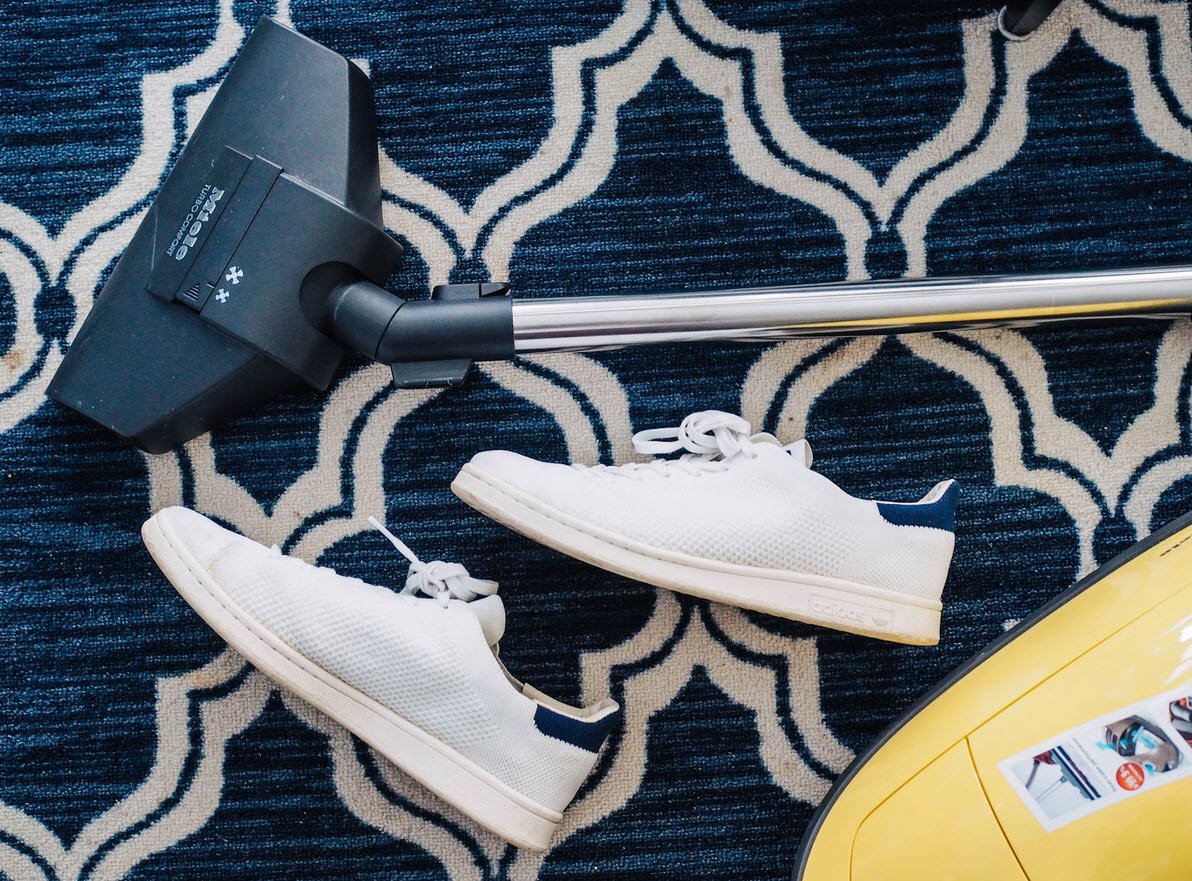
As winter approaches, it’s time to prepare your home for the colder months ahead. Winterization is not just about staying warm; it’s about ensuring your home is resilient against the challenges of plummeting temperatures, snow, and ice.
In this article, we present a comprehensive winterization checklist to help you fortify your home against the winter elements.
1. Windows & Doors
Check for drafts around windows and doors. Seal any gaps or cracks with weatherstripping or caulk to prevent cold air from entering and warm air from escaping. Consider using draft stoppers at the base of doors to further minimize heat loss.
2. Walkways & Lighting
Inspect walkways and driveways for any cracks or uneven surfaces that could become hazardous when covered in snow or ice. Repair damaged areas to ensure safe passage. Install outdoor lighting along paths and entryways to enhance visibility during darker winter days and nights.
3. Pipes & Faucets
Prevent frozen pipes by insulating them in areas prone to cold temperatures, such as basements, crawl spaces, and attics. Disconnect and drain outdoor hoses, and shut off the water supply to outdoor faucets. Insulate exposed outdoor pipes with pipe insulation sleeves.
4. Insulation
Check the insulation in your attic, walls, and basement to ensure optimal heat retention. Adequate insulation not only keeps your home warmer but also contributes to energy efficiency. Consider adding insulation where needed, especially in older homes that may have insufficient insulation.
5. Heating & Ventilation
Schedule a professional inspection and maintenance for your heating system. Replace air filters regularly to ensure efficient operation. If you have a fireplace or wood-burning stove, have the chimney inspected and cleaned to reduce the risk of chimney fires.
6. Fire Safety
Test smoke detectors and carbon monoxide detectors to ensure they are in working order. Replace batteries as needed. Review and discuss fire safety and evacuation plans with all household members. Keep fire extinguishers in accessible locations, and check their expiration dates.
7. Siding
Inspect your home’s siding for any signs of damage or wear. Repair or replace damaged sections to prevent heat loss and protect against the elements. Consider applying a weather-resistant sealant or coating to enhance durability.
8. Gutters & Roof
Clean gutters and downspouts to prevent ice dams and water buildup. Ensure that gutters are securely attached to the house. Inspect the roof for loose or damaged shingles, and address any issues promptly. Trim overhanging branches to prevent them from falling onto the roof during winter storms.
Conclusion
A well-prepared home is better equipped to face the challenges of winter, keeping you and your loved ones warm, safe, and comfortable. By following this comprehensive winterization checklist, you can fortify your home against the cold, reduce energy consumption, and enhance overall safety.
Remember that early preparation is key, so start your winterization efforts well before the first snowfall to ensure a cozy and secure living environment throughout the winter months.
You may also like:- Don’t Buy A House In These 5 US Cities
- A Guide to Prepare for Your First Home Purchase
- A Comprehensive Guide to Saving on Major Appliances
- How to Save on Home Improvement – Cost-Effective Tips for Enhancing Your Space
- Practical Tips and Strategies for Saving Money on Furniture Purchases
- 51 House Cleaning Shortcuts to Save Time and Effort
- 5 Signs of a Good Air Duct Cleaning
- Tenant’s Guide – 5 Things to Remember When You Move In
- 7 Simple Reasons Why You Need a Network Security Camera for Your Home
- Fire Safety Checklist for Home – A Comprehensive Guide








